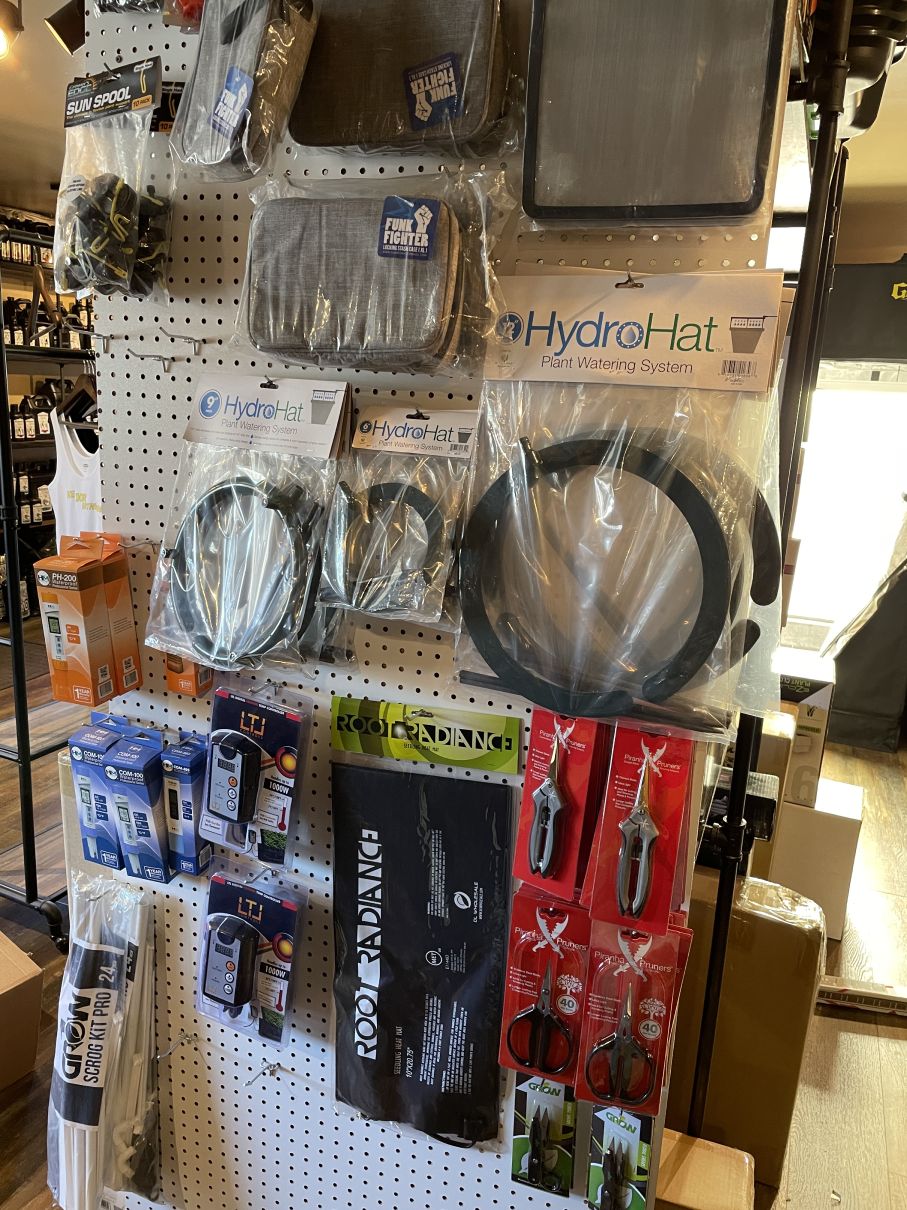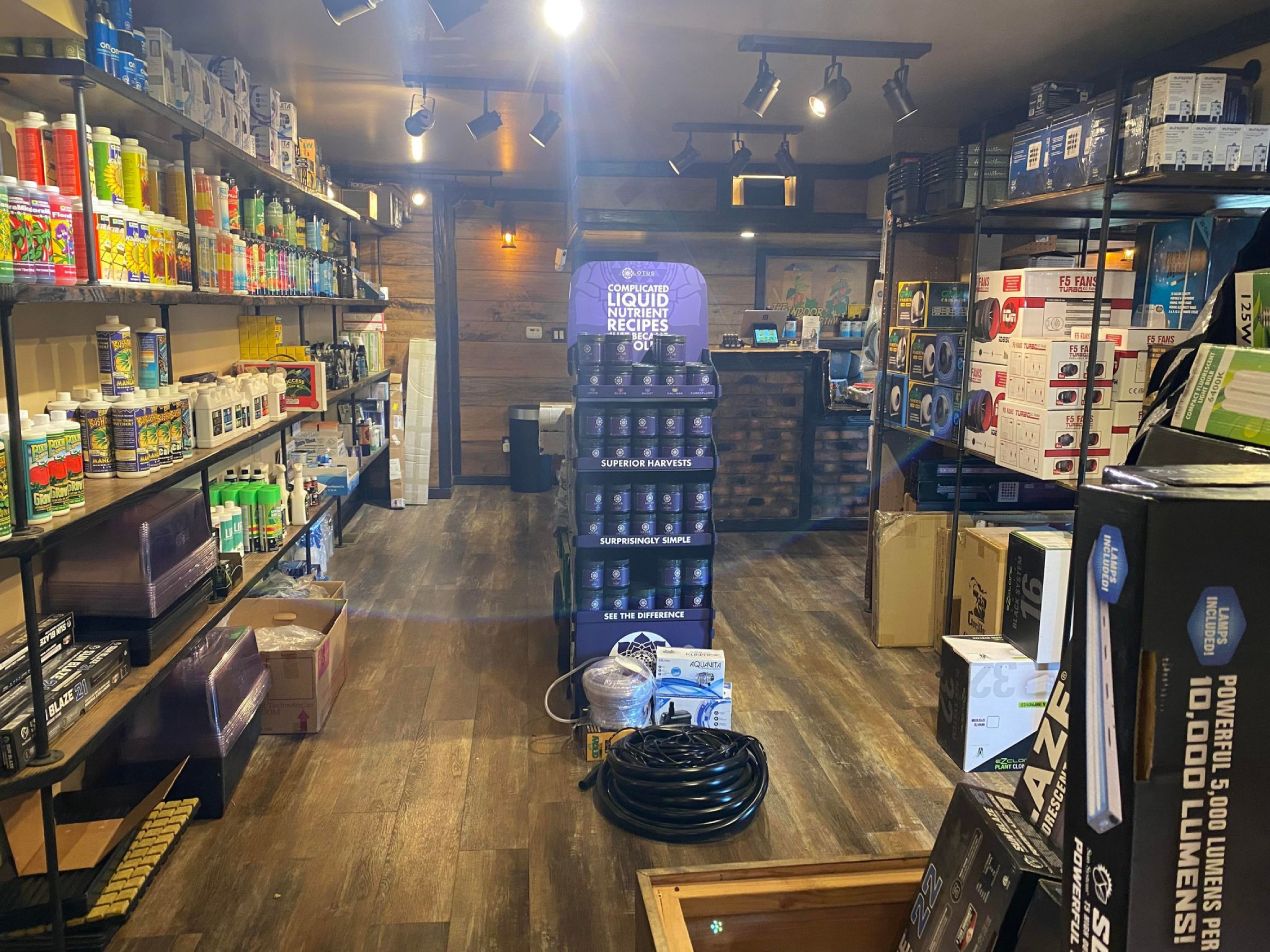The Indoor Earthworm: Letting Loose the Power of Worms in Your Hom
The Ultimate Overview to Hydroponic Solutions and Techniques
In the globe of modern-day agriculture, hydroponic systems have actually emerged as a cutting-edge technique for cultivating plants without soil. The thorough equilibrium of water, nutrients, and light in hydroponic setups offers an appealing choice to traditional farming practices. As we discover the details of hydroponics in this thorough guide, we will certainly browse with the different sorts of systems, discover the important nutrients important for plant growth, and explore sophisticated methods that can dramatically enhance returns. But what takes place when typical concerns occur in hydroponic systems? Keep tuned to unravel the troubleshooting strategies that can make or damage an effective harvest.
Advantages of Hydroponic Equipments
Hydroponic systems use a plethora of advantages, consisting of effective source use and precise nutrient distribution to plants. By providing a controlled atmosphere for plant development, hydroponic systems make it possible for ideal water and nutrient use, leading to greater returns contrasted to traditional soil-based cultivation. This performance not only preserves sources however additionally decreases waste, making hydroponic systems eco friendly.
Furthermore, the exact shipment of nutrients in hydroponic systems enables modification based on the certain needs of each plant range. This targeted approach ensures that plants obtain the best equilibrium of necessary nutrients, promoting much healthier development and decreasing the danger of nutrient shortages or imbalances. Furthermore, the capacity to check and adjust nutrient levels in real-time maximizes plant efficiency and total crop top quality.
In addition, hydroponic systems eliminate the requirement for herbicides and chemicals, as the closed-loop system reduces the risk of pests and diseases that are generally located in soil-based farming - The Indoor Earthworm. This not only benefits the plants and the atmosphere however likewise adds to producing cleaner, healthier crops for intake
Sorts Of Hydroponic Setups

Nutrient Film Technique (NFT) uses a superficial stream of nutrient service moving over the plant origins, offering a constant supply of nutrients. Leak systems include dripping a nutrient option onto the plant roots, using specific control over feeding.
Each kind of hydroponic arrangement has its benefits and is fit to different plant selections and growth phases. Comprehending the unique functions of these systems can aid hydroponic cultivators choose the most ideal configuration for their particular requirements and preferences.
Important Nutrients for Hydroponics
In hydroponic systems, plants rely on an exact balance of essential nutrients to grow and expand efficiently. These important nutrients are essential for various plant functions such as photosynthesis, origin development, and total development.
Along with macronutrients, plants also require additional nutrients like calcium, sulfur, and magnesium, as well as trace elements such as iron, copper, zinc, and manganese (The Indoor Earthworm). These nutrients are vital for ensuring that plants have all the required foundation to execute vital biological procedures

Advanced Strategies for Optimum Return
To accomplish optimal returns in hydroponic systems, farmers can implement sophisticated strategies that improve plant growth and productivity. One such strategy is the usage of supplemental lighting. By providing artificial lights such as LED or high-pressure salt lights, growers can extend the variety of light hours plants receive daily, promoting faster growth and increased yields. An additional sophisticated method is the implementation of CO2 supplements. Enhancing the degrees of carbon dioxide in the growing environment can boost photosynthesis and boost plant growth substantially. Furthermore, using methods like plant training and trimming can help maximize light circulation and airflow, ensuring that all parts of the plant get ample light and nutrients. Moreover, using automated systems for nutrient shipment and monitoring can aid maintain ideal nutrient levels, lowering the danger of shortages or imbalances that can prevent plant growth. By integrating these advanced methods into their hydroponic systems, cultivators can make the most of yields and attain plentiful harvests.
Troubleshooting Common Hydroponic Issues
When confronted with challenges in hydroponic systems, farmers commonly come across usual problems that can hinder why not check here plant growth and efficiency. One prevalent problem is nutrient shortages, where plants lack crucial components for healthy and balanced growth. To fight this, regular tracking of nutrient levels and adjusting the nutrient remedy as necessary is vital. One more common concern is pH imbalance, which can lead to nutrient lockout and inadequate absorption. Preserving the right pH variety particular to the plant being expanded is crucial for optimal nutrient uptake. In addition, inadequate oxygen degrees in the origin area can cause origin rot and stunted growth. Making sure correct aeration and oxygenation of the nutrient service can assist prevent this issue. Insect infestations, such as aphids or crawler termites, can additionally pester hydroponic systems. Applying integrated bug monitoring methods and on a regular basis checking plants can aid control and stop invasions. By immediately recognizing and resolving these typical hydroponic issues, growers can keep healthy and balanced plants and make the most of returns in their hydroponic systems.
Verdict
In conclusion, hydroponic systems provide numerous advantages for growing plants efficiently. With mindful preparation and focus to information, hydroponic systems can transform the method plants are cultivated, leading to more lasting and productive farming methods.
By supplying a regulated setting for plant growth, hydroponic systems make it possible for optimal water and nutrient usage, leading to higher returns compared to Learn More Here conventional soil-based farming. The Indoor Earthworm. Nutrient Film Technique (NFT) utilizes a shallow stream of nutrient remedy flowing over the plant roots, supplying a continuous supply of nutrients. Tracking and readjusting nutrient levels based on plant development stages is critical to avoiding vitamins and mineral deficiencies or poisonings and making best use of plant productivity in hydroponic systems
In addition, using strategies like plant training and trimming can help maximize light circulation and air flow, ensuring that all parts of the plant obtain ample light and nutrients. Utilizing automated systems for nutrient delivery and important site surveillance can aid keep optimal nutrient levels, minimizing the risk of deficiencies or imbalances that can impede plant development.